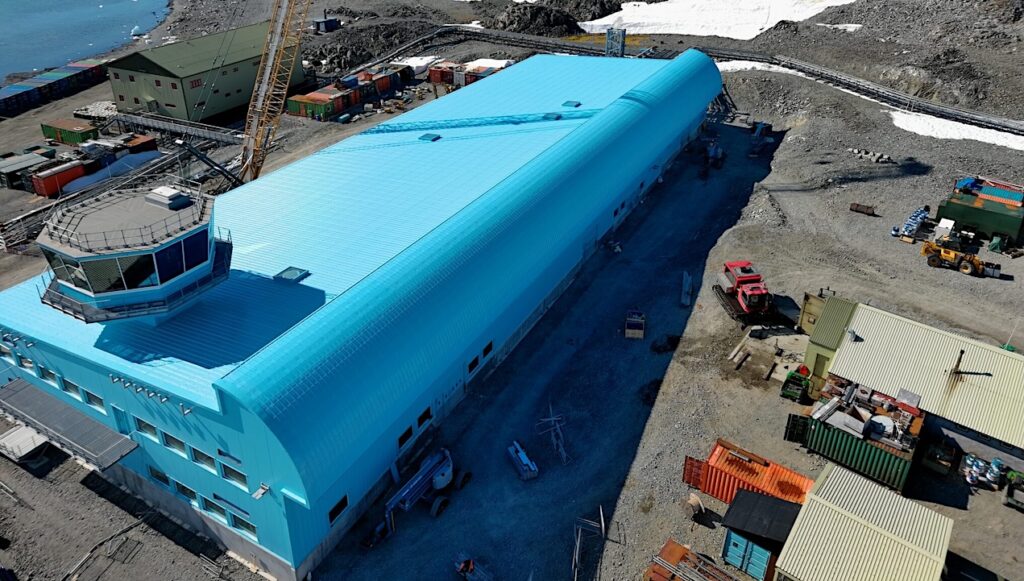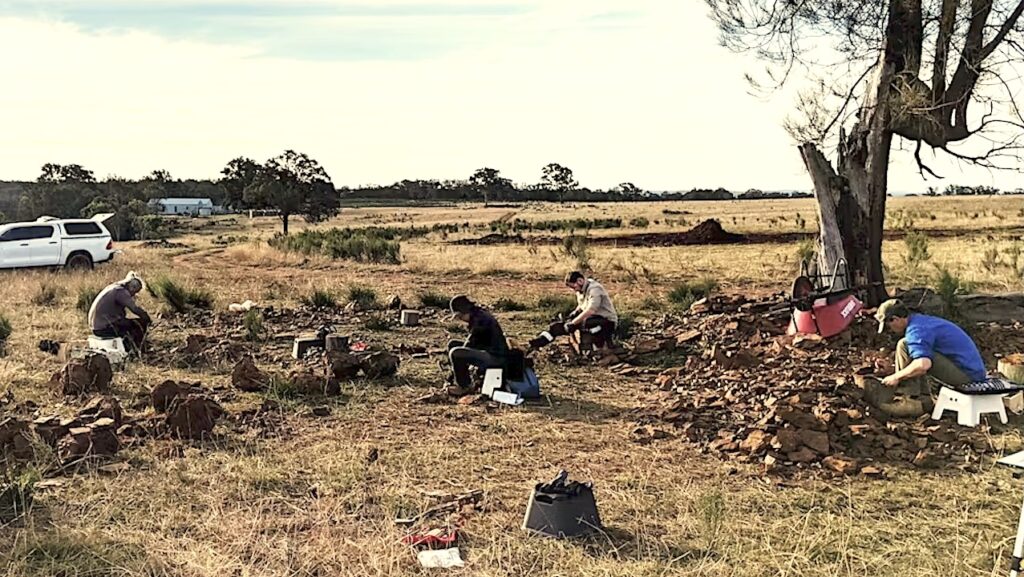Alan Stern's Titanic Away Team Journal: Tally Ho Titanic!

Those three words above were my call at 10:10 am local time yesterday morning when our OceanGate Expeditions mission to the Titanic first spotted its prey, 3874 meters below the surface of the North Atlantic.
Those three words above were my call at 10:10 am local time yesterday morning when our OceanGate Expeditions mission to the Titanic first spotted its prey, 3874 meters below the surface of the North Atlantic.
By then we’d been in our submersible, Titan, for over four and a half hours, of which the previous hour and four minutes had been spent on the muddy ocean bottom searching by sonar and by eye for the relic ocean liner in turbid abyssal seawater so thick with debris and detritus that the visibility was barely 5 meters. After making contact, near the bow of the most famous sea wreck and tragedy in human history, we continued on for three more hours exploring the ruins of both the bow and stern sections, separated by a few hundred meters in their final resting places, after the ship broke apart and the two halves fell separately through the long column of ocean overhead.
Our explorations revealed many details about the remains of RMS Titanic, raising questions about those tragically aboard Titanic that fated and the events surrounding their demise that cold April night in 1912 when the unsinkable ship proved her motto so very wrong: Why did someone open that cabin window too small to crawl through? Who last used that intact porcelain coffee cup laying in the ocean mud? Why are there so many large objects from Titanic scattered over such a large area around the two twisted halves of the luxury liner? We will almost certainly never know these things. They are lost to time, but in the search for answers we collected both 4K and 8K video of the wreck and its debris field that archaeologist will use to glean new Titanic insights for us all.
Our explorations also collected sea bottom samples, seawater samples near the wreck, and images of benthic shrimp, crabs, worms, rat tail fish, coral, and more.
As we inspected the site those hour hours, I often thought of those lost when it sank, particularly the underprivileged and their children who had the so much more going against them in reach lifeboats than did the wealthy aboard it.
I also often thought about how the only source of light down there was the searchlights aboard Titan, that that except when we or others visit, Titanic’s remains and all the biology on and around it lie encased in a tomb-like perpetual vault of utter darkness. I couldn’t escape coming back to the fact that death, tragedy, and loss was all around us down there.
With me in that somber, eerie, and yet still amazing place that OceanGate Expeditions Titan took us, were four incredible crew mates. All amazing humans. Our ship’s captain was OceanGate Expeditions CEO and Titan pilot Stockton Rush, of Seattle; the other explorers aboard: newspace business leader Dylan Taylor, a Coloradan like me; successful Denver businessman Randy Brunschwig; and retired financial guru; and adventurer Evan Dick, of Florida. Among us, Evan has been to space twice aboard Blue Origin’s New Shepard suborbital vehicle (and is the only person to do so!); Dylan has flown to space once aboard New Shepard as well, with Evan as a fellow crew mate on NS-19 last December; and myself, the first scientist selected by NASA to conduct experiments aboard a commercial suborbital vehicle with two flights planned for next year. Three brothers in space exploration. Dylan and Randy are also avid mountain climbers, and Evan has sailed the Atlantic, alone. As the sole scientist in the crew, I felt a bit the designated geek, but I soon realized I was just one geek of five. I could not have asked for a more engaging, accomplished, talented, and driven Titan crew compliment than those four gentlemen.
The journey ended all too soon, and by 1315 we dropped weights and were on ascent. My role collecting scientific images and other observations, and even a little piloting of the sub was then over, though I continued to help with sub to surface comm throughout ascent and recovery ops.
We egressed Titan at 1645, 11.3 hours after we’d entered it. For myself, yesterday was a day I am still processing, and will more than any other single day I have had in a long time.
I look forward to being in space next year for the first time, joining the select few, still <1000 humans in all of history who have been above Earth and seen it first hand as a planet. But many fewer people, only 200 or so, have been to the Titanic. What a special opportunity that was, and one I hope to carry forward to show others what humans can do when they dream big and strive to accomplish those dreams.
We are now headed back to port in St. John’s Newfoundland aboard the Titan’s carrier mother ship, the Horizon Arctic. Landfall is scheduled for Monday morning.
-Alan








